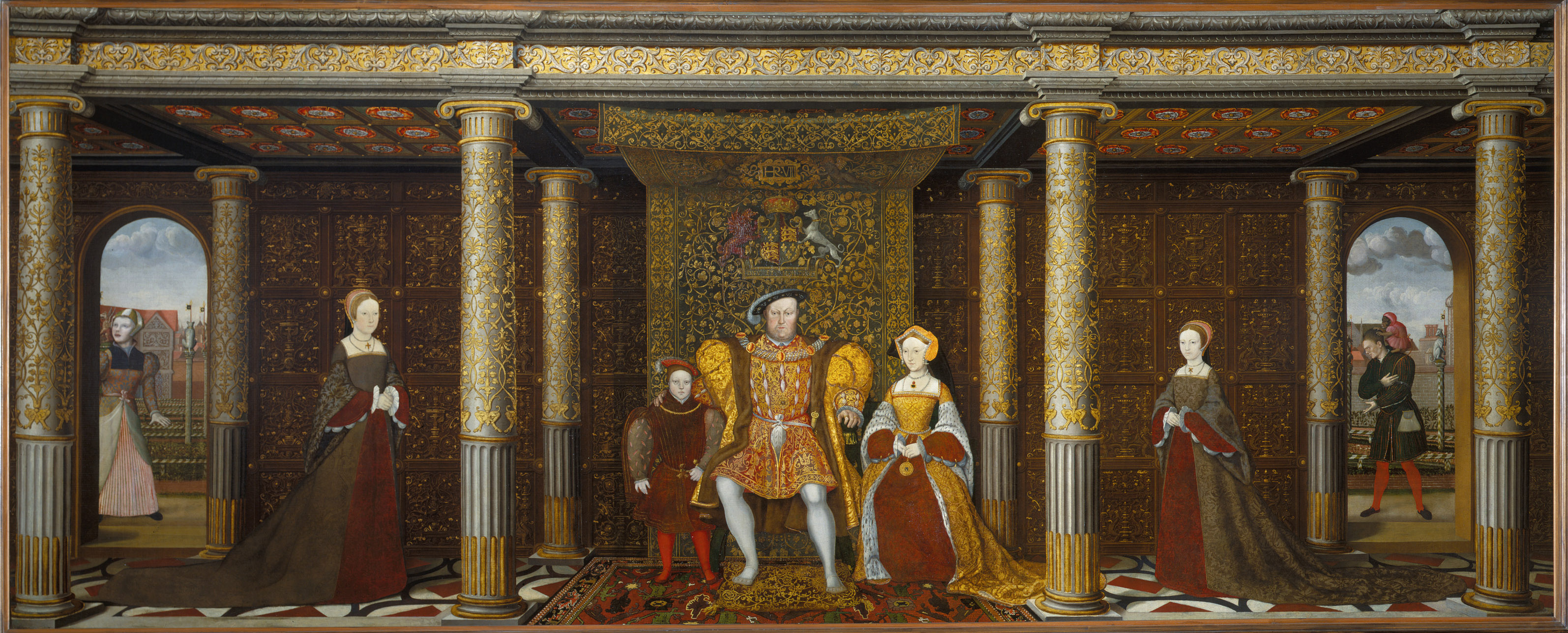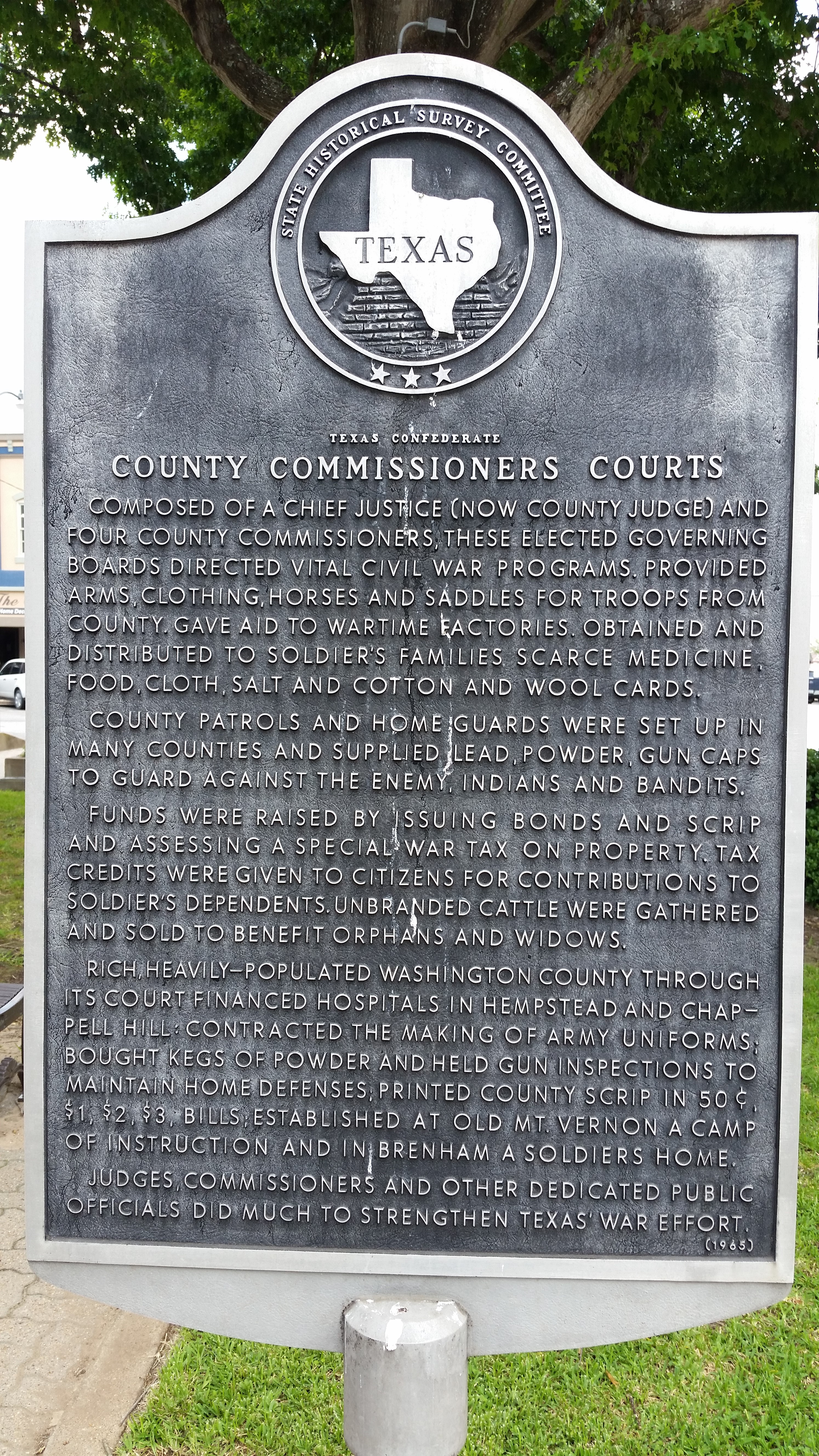|
Burbank–Livingston–Griggs House
The Burbank–Livingston–Griggs House is the second-oldest house on Summit Avenue in Saint Paul, Minnesota, United States. It was designed in Italianate style by architect Otis L. Wheelock of Chicago and built from 1862 to 1863. The work was commissioned by James C. Burbank, a wealthy owner of the Minnesota Stage Company. With Later, four significant local architects left their mark on the landmark structure. The building was one of the first Minnesota properties nominated to the National Register of Historic Places, in 1970. It was listed for its state-level significance in the theme of architecture. It was nominated for being one of Minnesota's most elaborate examples of mid-19th-century Italianate architecture. In 1976 it was also included as a contributing property to the Historic Hill District. Description The Burbank–Livingston–Griggs House is built of grey limestone and features arched windows, a bracketed cornice with carved pendants, and a cupola topp ... [...More Info...] [...Related Items...] OR: [Wikipedia] [Google] [Baidu] |
Summit Avenue (St
Summit Avenue may refer to: * Summit Avenue (St. Paul), Minnesota * Summit Avenue (Hudson Palisades), New Jersey ** ''Summit Avenue'', the original name of Journal Square Transportation Center, Jersey City, New Jersey * Two tram stops on the MBTA Green Line system, Massachusetts: ** Summit Avenue (MBTA station) Summit Avenue station (announced as Winchester Street/Summit Avenue) is a light rail stop on the MBTA Green Line (MBTA), Green Line Green Line C branch, C branch, located in the median of Beacon Street between Winchester Street and Summit Avenu ..., an existing station on the C branch ** Summit Avenue station (MBTA Green Line B branch), a former station on the B branch {{disambiguation, road ... [...More Info...] [...Related Items...] OR: [Wikipedia] [Google] [Baidu] |
Mendota, Minnesota
Mendota ( ) is a city in Dakota County, Minnesota, United States. The name is a mispronunciation of the Dakota word for the location, , which in Dakota tradition is the center of the world. The word in this use means "the confluence of the Minnesota and Mississippi Rivers," and generally "mouth or junction of one river with another." The population was 198 at the 2010 census. History The town was one of the first permanent European-American settlements in the state of Minnesota, being founded around the same time as Fort Snelling. It is also the location of the Sibley Historic Site with two of the earliest known stone buildings in the State of Minnesota, the Henry Hastings Sibley house, the Faribault house, and other buildings associated with the American Fur Company, all dating from the 1830s, and the Dupuis House, the first red brick house in Mendota, built in 1854 by Hypolite Dupuis for his wife, Angelique (Renville) Dupuis and his large, growing Dakota mixed-blood fam ... [...More Info...] [...Related Items...] OR: [Wikipedia] [Google] [Baidu] |
Edwin Hugh Lundie
Edwin Hugh Lundie (October 13, 1886 – January 8, 1972) was an American architect who established his firm in 1917, in downtown Saint Paul, Minnesota. He designed homes, country estates, timber-frame cabins, and public spaces, until his death at age 85. “He consistently drew from the vernacular forms that connected him to his clients’ tastes,” favoring the historical architectural precedents of Norman, Tudor, early Scandinavian, and American colonial. In 1922, he became a member of the American Institute of Architects (AIA), and in 1948, he becamFellow FAIA, “for his contribution to the advancement of the profession because of his achievement in design.” “Lundie belongs to a generation who came to the profession with a background in the grand manner of the Beaux-Arts but went on to pursue a career devoted to the domestic work – a regionalist in the best sense of the word with work connecting to Scandinavian sources that no doubt resonated with many of his clients ... [...More Info...] [...Related Items...] OR: [Wikipedia] [Google] [Baidu] |
Magnus Jemne
Magnus, meaning "Great" in Latin, was used as cognomen of Gnaeus Pompeius Magnus in the first century BC. The best-known use of the name during the Roman Empire is for the fourth-century Western Roman Emperor Magnus Maximus. The name gained wider popularity in the Middle Ages among various European peoples and their royal houses, being introduced to them upon being converted to the Latin-speaking Catholic Christianity. This was especially the case with Scandinavian royalty and nobility. As a Scandinavian forename, it was extracted from the Frankish ruler Charlemagne's Latin name "Carolus Magnus" and re-analyzed as Old Norse ''magn-hús'' = "power house". People Given name Kings of Hungary * Géza I (1074–1077), also known by his baptismal name Magnus Kings of Denmark * Magnus the Good (1042–1047), also Magnus I of Norway King of Livonia * Magnus, Duke of Holstein (1540–1583) King of Mann and the Isles * Magnús Óláfsson (died 1265) Kings of Norway * Magnus I o ... [...More Info...] [...Related Items...] OR: [Wikipedia] [Google] [Baidu] |
English Renaissance
The English Renaissance was a Cultural movement, cultural and Art movement, artistic movement in England during the late 15th, 16th and early 17th centuries. It is associated with the pan-European Renaissance that is usually regarded as beginning in Italy in the late 14th century. As in most of the rest of Northern Europe, England saw little of these developments until more than a century later within the Northern Renaissance. Renaissance style and ideas were slow to penetrate England, and the Elizabethan era in the second half of the 16th century is usually regarded as the height of the English Renaissance. Many scholars see its beginnings in the early 16th century during the reign of Henry VIII. Others argue the Renaissance was already present in England in the late 15th century. The English Renaissance is different from the Italian Renaissance in several ways. The dominant art forms of the English Renaissance were literature and music. Visual arts in the English Renaissance w ... [...More Info...] [...Related Items...] OR: [Wikipedia] [Google] [Baidu] |
Allen H
Allen, Allen's or Allens may refer to: Buildings * Allen Arena, an indoor arena at Lipscomb University in Nashville, Tennessee * Allen Center, a skyscraper complex in downtown Houston, Texas * Allen Fieldhouse, an indoor sports arena on the University of Kansas campus in Lawrence * Allen House (other) * Allen Power Plant (other) Businesses *Allen (brand), an American tool company * Allen's, an Australian brand of confectionery *Allens (law firm), an Australian law firm formerly known as Allens Arthur Robinson *Allen's (restaurant), a former hamburger joint and nightclub in Athens, Georgia, United States *Allen & Company LLC, a small, privately held investment bank * Allens of Mayfair, a butcher shop in London from 1830 to 2015 * Allens Boots, a retail store in Austin, Texas * Allens, Inc., a brand of canned vegetables based in Arkansas, US, now owned by Del Monte Foods * Allen's department store, a.k.a. Allen's, George Allen, Inc., Philadelphia, USA People * All ... [...More Info...] [...Related Items...] OR: [Wikipedia] [Google] [Baidu] |
Stained Glass
Stained glass refers to coloured glass as a material or art and architectural works created from it. Although it is traditionally made in flat panels and used as windows, the creations of modern stained glass artists also include three-dimensional structures and sculpture. Modern vernacular usage has often extended the term "stained glass" to include domestic leadlight, lead light and ''objet d'art, objets d'art'' created from glasswork, for example in the famous lamps of Louis Comfort Tiffany. As a material ''stained glass'' is glass that has been coloured by adding Salt (chemistry), metallic salts during its manufacture. It may then be further decorated in various ways. The coloured glass may be crafted into a stained-glass window, say, in which small pieces of glass are arranged to form patterns or pictures, held together (traditionally) by strips of lead, called cames or calms, and supported by a rigid frame. Painted details and yellow-coloured Silver staining, silver stain ... [...More Info...] [...Related Items...] OR: [Wikipedia] [Google] [Baidu] |
Henry Hastings Sibley
Henry Hastings Sibley (February 20, 1811 – February 18, 1891) was a fur trader with the American Fur Company, the first U.S. Congressional representative for Minnesota Territory, the first governor of the state of Minnesota, and a U.S. military leader in the Dakota War of 1862 and a subsequent expedition into Dakota Territory in 1863. Numerous places are named after him, including Sibley County, Minnesota; Sibley, North Dakota; Sibley, Iowa; Hastings, Minnesota; Sibley Memorial Highway; General Sibley Park and Sibley State Park. Early life and education Henry Hastings Sibley was born in Detroit, Michigan Territory. His father, Solomon Sibley (1769–1846), was from Sutton, Massachusetts, and a direct descendant of John Sibley, who had immigrated from England to America in 1629. Solomon had moved to Detroit from Marietta, Ohio, in 1798. Henry's mother, born Sarah Whipple Sproat, was the only daughter of Colonel Ebenezer Sproat, a distinguished officer in the C ... [...More Info...] [...Related Items...] OR: [Wikipedia] [Google] [Baidu] |
County Commission
A county commission (or a board of county commissioners) is a group of elected officials (county commissioners) collectively charged with administering the county government in some states of the United States. A county usually has three to five members of the county commission. In some counties within Georgia a sole commissioner holds the authority of the commission. In parts of the United States, alternative terms such as county board of supervisors or county council may be used in lieu of, but generally synonymous to, a county commission. However, in some jurisdictions there may be distinct differences between a county commission and other similarly titled bodies. For example, a county council may differ from a county commission by containing more members or by having a council-manager form of government. In Indiana, every county, except Marion County which is consolidated with the city of Indianapolis, has both a county commission and a county council, with the county ... [...More Info...] [...Related Items...] OR: [Wikipedia] [Google] [Baidu] |
Ramsey County, Minnesota
Ramsey County is a county in the U.S. state of Minnesota. As of the 2020 census, the population was 552,352, making it the state's second most populous county, and was estimated to be 542,015 in 2024. Its county seat and largest city is Saint Paul, the state capital and the twin city of Minneapolis. The county was founded in 1849 and is named for Alexander Ramsey, the first governor of the Minnesota Territory. Ramsey County is part of the Minneapolis–Saint Paul– Bloomington, MN– WI Metropolitan statistical area. It is Minnesota's smallest and most densely populated county, as well as the 38th-most densely populated county in the United States in 2010. History With the establishment of the Minnesota Territory in 1849, nine counties, including Ramsey County, were created. In 1849, Ramsey County included all of what later became the present-day counties of Ramsey, Anoka, Isanti, and Kanabec; and parts of Washington, Pine, Carlton, Aitkin, Mille Lacs, and Hennepin. On ... [...More Info...] [...Related Items...] OR: [Wikipedia] [Google] [Baidu] |
Streetcar
A tram (also known as a streetcar or trolley in Canada and the United States) is an urban rail transit in which vehicles, whether individual railcars or multiple-unit trains, run on tramway tracks on urban public streets; some include segments on segregated right-of-way. The tramlines or tram networks operated as public transport are called tramways or simply trams/streetcars. Because of their close similarities, trams are commonly included in the wider term '' light rail'', which also includes systems separated from other traffic. Tram vehicles are usually lighter and shorter than main line and rapid transit trains. Most trams use electrical power, usually fed by a pantograph sliding on an overhead line; older systems may use a trolley pole or a bow collector. In some cases, a contact shoe on a third rail is used. If necessary, they may have dual power systems—electricity in city streets and diesel in more rural environments. Occasionally, trams also carry frei ... [...More Info...] [...Related Items...] OR: [Wikipedia] [Google] [Baidu] |




